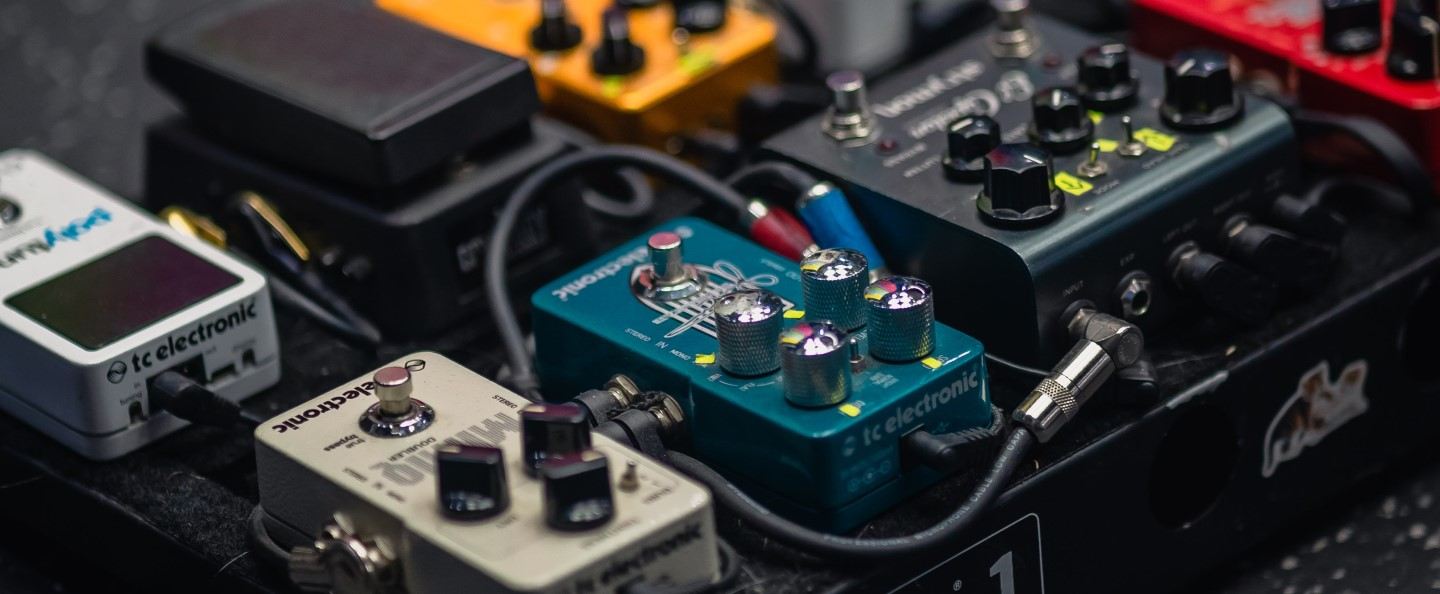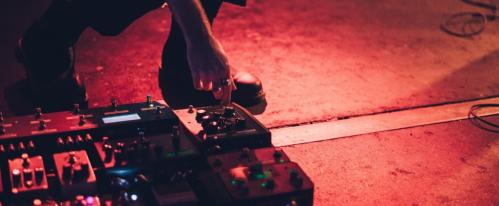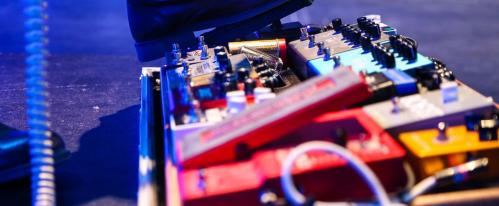Explore the pros and cons of digital and analog guitar pedals and find out how to choose the right effects for your rig
When building your guitar pedalboard you will encounter a tantalising array of different effects - some analog, and others digital. Whilst many people prefer individual stompbox effects, modelling rigs and multi-fx are becoming increasingly popular with musicians of all levels.
It can often be difficult to figure out exactly what type of pedal will work best in your set-up, so we’ve put together this guide to digital and analog stompboxes to help you decide which pedals will get you closer to your dream tone.
Keep reading to weigh up the positives and negatives associated with analog and digital effects, some key differences between them, and why you might opt for one type of pedal over the other..
Digital vs Analog Pedals
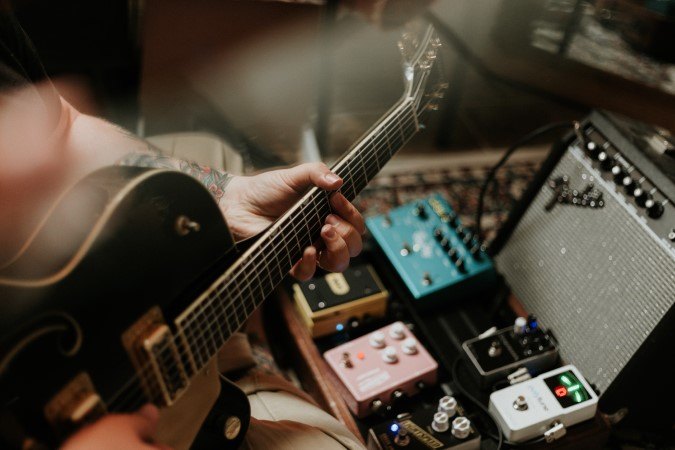
When we think of analog audio equipment (including guitar pedals) it often brings to mind a degree of authenticity that we don’t usually associate with digital gear.
Musicians tend to describe analog pedals as providing ‘warmer’ tones compared to the ‘bright’ or ‘artificial’ sounds that are typically linked to their digital counterparts. For many years guitar tone purists avoided digital gear, choosing the perceived reliability, clarity, and sonic characteristics of analog gear over the versatility offered by digital - but as technology has progressed it has led to more and more musicians opting to switch up their rigs.
Digital effects rely on A/D (Analog-to-Digital) Converters, and so in many ways they are inhibited by the technology that they use - especially compared to analog gear which uses a more continuous and uniform signal to produce a sound. Whilst analog signals are uninhibited by the production of the effect, digital pedals can be hindered by things such as the sample rate that they are capable of.
In this image you can see how an audio signal is altered by the sample rate - and also how, as the sample rate improves, the signal becomes closer to the original:
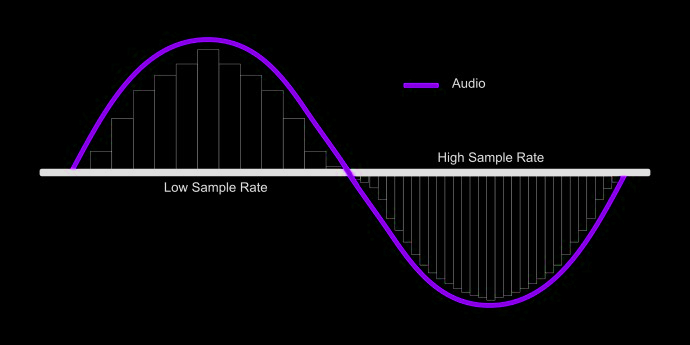
Although digital pedals might never be able to fully replicate an analog signal, they are capable of doing much more due to the conversion of the signal into a series of 1s and 0s - think about extra delay times and added modulation that you might find on digital pedals compared to analog effects. These features are only possible with the use of DSP (Digital Signal Processing) Chips - but usually at the expense of those subtleties that make analog stompboxes so appealing.
Can you mix Analog and Digital Pedals?
Mixing analog and digital pedals will not negatively affect your rig in any way - in fact, most modern musicians will have a selection of each effect type on their board.
With that being said, there are some points that you should keep in mind in order to get the best results and tones out of your set-up..
Power Supplies
Digital pedals often draw a far greater current than analog pedals, and so it’s wise to use an isolated power supply unit that is capable of supplying ample amounts to every effect in your chain. The addition of digital noise to your tone is not something that you’ll usually want to experience, so by taking the extra time to ensure your pedals are appropriately powered you’ll avoid running into any unwanted issues.
A/D Conversion
If you use a digital pedal at the start of your chain then the signal that enters any subsequent pedals - analog or otherwise - will have already been through an A/D converter. As a result of this you will not get the complete benefit of using the analog units that come afterwards, as your signal will have been re-sampled in order to produce the effect. To combat this you can set up your pedals so that digital effects are at the end of the signal chain - or even in an FX loop if you are adding gain from the amplifier in addition to your pedals.
With that being said, there is no right or wrong way to set up your pedalboard - experiment until you find the tone that suits you the best!
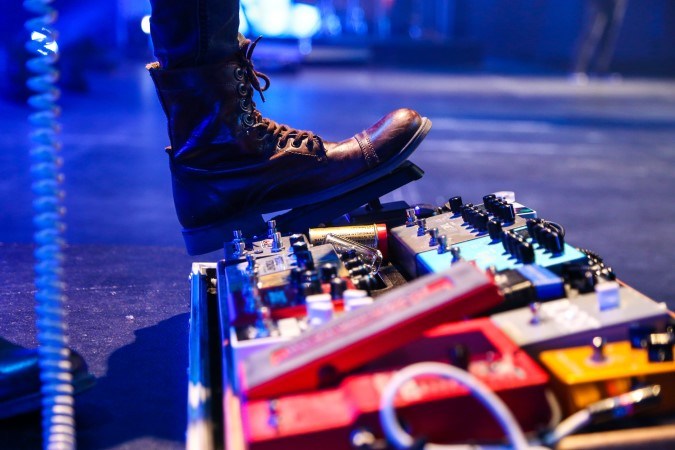
Are Analog Pedals Better than Digital Pedals?
The answer to this question depends entirely on your personal tastes and what you need from your guitar effects. We’ve already mentioned a few pros and cons of both analog and digital gear, but here are the main reasons why you might pick one type over the other..
Analog Guitar Pedal Pros
- a pure representation of your guitar signal
- retains the warmth and nuance of your tone
- easy to use, fix, and simple to dial in
Analog Guitar Pedal Cons
- not as easy to experiment with
- take up more pedalboard space (especially vs multi-effects)
- less consistent sound
Digital Guitar Pedal Pros
- more scope to sculpt your tone
- smaller footprint
- access to unique sounds that would be impossible with analog gear
Digital Guitar Pedal Cons
- may not give exact representations of the tones you need
- can be difficult to fix due to high-tech components
- will never fully replicate analog sounds
Analog Guitar Pedals vs Digital Multi-Effects and Modelling Pedals
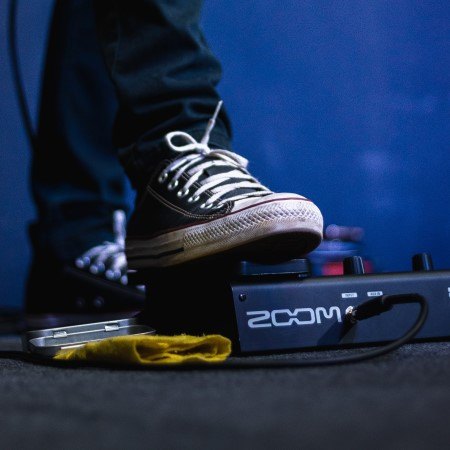
One of the main reasons that modern musicians opt to switch up their guitar rig from analog to digital is due to the convenience of multi-effects and modelling pedals.
With multi-effects and modelling gear you can wave goodbye to lugging around a selection of individual stompboxes to gigs and rehearsals. Due to the nature of digital pedals and the advancement of technology in DSP’s, you can now get access to thousands of different amps, cabinets, and effects that are accurately simulated and ready-to-go from one single system.
Whilst analog pedals achieve an awesome sound, there is no denying the convenience of digital effects when travelling, setting up, and packing down.
Take a closer look at some of our favourite modelling pedals and multi-effects here:
Want to know more about the differences between digital and analog guitar pedals? Need some extra help with switching up your guitar rig? Call us on 0151 448 2089 or check out your local store to speak to one of our Experts about your needs.

